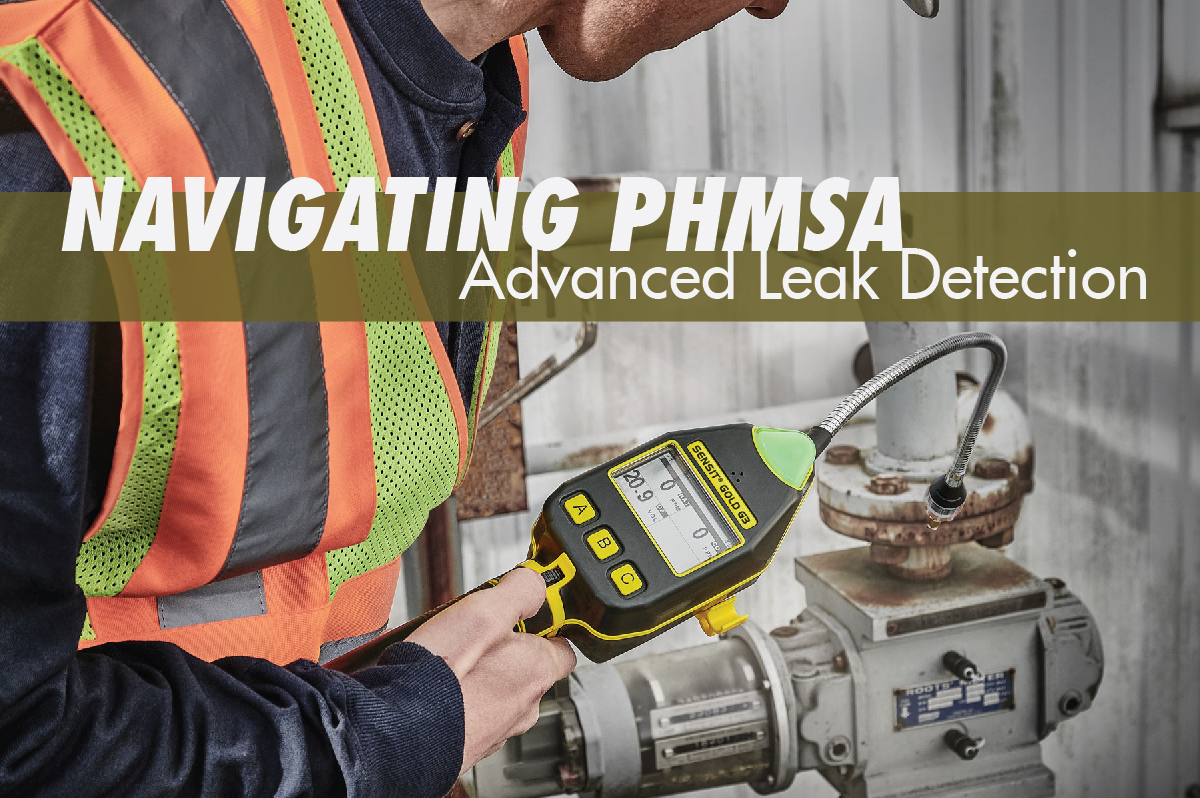In the ever-evolving landscape of pipeline materials industries, regulatory compliance stands as a cornerstone of safety and environmental protection. As regulations change to address emerging challenges, companies must adopt a forward-thinking approach to ensure they meet and exceed these standards.
In the ever-evolving landscape of pipeline materials industries, regulatory compliance stands as a cornerstone of safety and environmental protection. As regulations change to address emerging challenges, companies must adopt a forward-thinking approach to ensure they meet and exceed these standards.
A perfect example is the proposed rulemaking on Advanced Leak Detection from the United States Pipeline and Hazardous Materials Safety Administration (PHMSA). At GROEBNER, we recognize the pivotal role of staying informed and ahead of such regulatory shifts. Here’s an overview of the proposed requirements, the rationale behind them, and how GROEBNER equips operators with innovative solutions to navigate some of these expected changes.

Understanding the Proposed Requirements
"PHMSA's requirement on leak detection highlights the importance of using the best technology available. With regulations emphasizing accuracy down to five parts per million (ppm), it's not just about compliance; it's about ensuring safety and environmental protection,” Steve D'Amato, GROEBNER’s VP of Training and Development, said.
PHMSA's proposed requirements aim at enhancing safety and mitigating environmental impact. Key elements of the proposed changes include heightened survey frequency, utilization of advanced leak detection technology, and criteria for timely repairs. Central to these requirements is the mandate for advanced gas detection technology capable of identifying leaks at five ppm or greater within a five-foot proximity to the pipeline. Additionally, the proposal emphasizes the reduction of unintentional emissions and the establishment of firm repair timelines.
Why PHMSA is Proposing These Requirements
The suggested revisions are in line with the broader regulatory movement that integrates environmental concerns alongside safety measures. PHMSA aims not just to tackle immediate safety hazards but also to curb methane emissions and other airborne pollutants throughout the natural gas infrastructure. These modifications, stemming from the PIPES Act of 2020, represent a significant shift towards proactive leak detection and environmental responsibility.
According to the Notice of Proposed Rulemaking (NPRM), these changes would improve public safety and reduce methane emissions and other air pollutants spanning over 2.7 million miles of gas transmission, distribution, and gathering pipelines, more than 400 underground natural gas storage facilities and 165 liquefied natural gas facilities.
How GROEBNER Can Help
At GROEBNER, we recognize the significance of these regulatory changes and the impact they have on our industry. With decades of experience serving the pipeline sector, our commitment to innovation and excellence drives us to partner with industry-leading manufacturers to provide cutting-edge solutions that meet and exceed these proposed requirements, ensuring compliance and operational efficiency.
- SENSIT® Gold Series (Gold, G2, and G3) - meets PHMSA's proposed sensitivity thresholds, enabling operators to detect and mitigate leaks promptly.
- Drone-based Detection Services - Through Aerial Production Services, Inc., we offer innovative drone-based detection services, enhancing survey capabilities and minimizing operational disruptions.
- LLFA Tape for Immediate Leak Repair - facilitates rapid, effective leak repairs, minimizing downtime and mitigating environmental impact.
- Pietro Fiorentini Regulators with Slam Shuts - ensures safe and reliable gas flow management, aligning with PHMSA's emphasis on minimizing intentional releases.
The advancements in technology have undoubtedly transformed leak detection capabilities, but they've also brought new challenges. As D'Amato points out, "Keeping up with the latest technology is crucial. We're not just providing equipment; we're offering comprehensive support, including training services to ensure our clients are equipped to meet these challenges head-on."
When does PHMSA expect these changes to go into effect?
The public comment period closed in July 2023. Once finalized, operators will have six months to ensure compliance. GROEBNER remains committed to supporting operators throughout this transition, providing unparalleled expertise and innovative solutions every step of the way. Together, let us forge ahead toward a future of enhanced safety, sustainability, and innovation in the natural gas industry.
